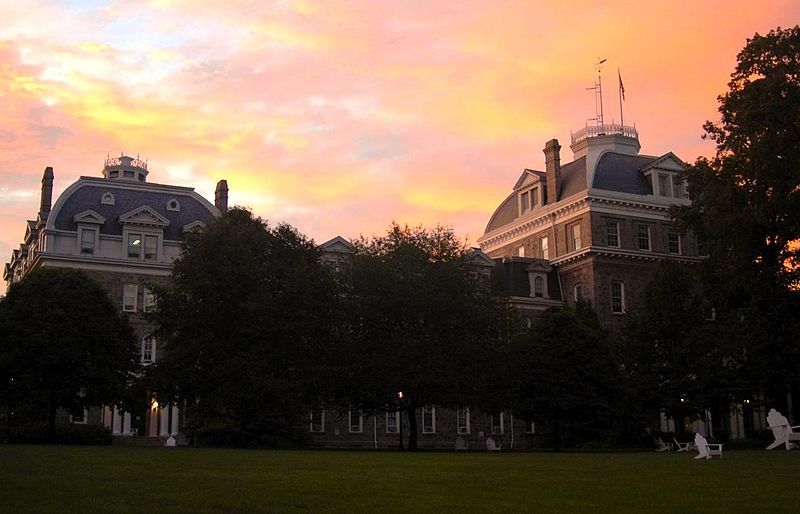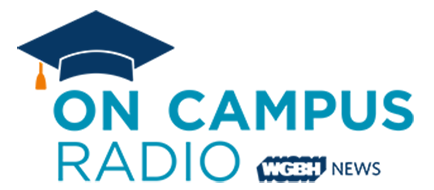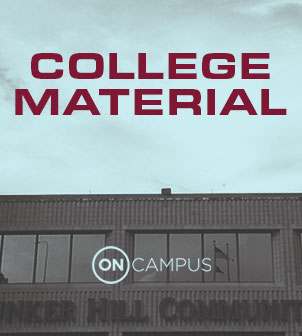hechinger report

Freshmen in David Nurenberg’s honors English course were spending their Monday morning analyzing the ending to “Oedipus the King.” For an hour, students theorized about why Oedipus would blind himself with his mother’s brooch and debated who, if anyone, was at fault in the famous Greek tragedy. One student dissected the play’s prophecy and another compared Oedipus to Lenny in “Of Mice and Men.”
It was the kind of discussion that some at Concord-Carlisle High School initially feared would become a rarity when Massachusetts adopted the Common Core State Standards, a nationally developed set of math and English language arts standards designed to prepare all students for college or the workforce.

The sticker price at Pennsylvania State University runs about $30,000 a year for in-state students. At Swarthmore College, it’s nearly twice that. Yet Swarthmore ends up being cheaper for most students. That’s because this private liberal-arts college near Philadelphia offers many families a hefty discount, bringing down the average cost to even less than taxpayer-subsidized Penn State’s.
This kind of information used to be hard or impossible to find, because colleges don’t always want people knowing what they really cost—or that some families may be paying a lot less than others. But now the U.S. Department of Education collects this information, and we’re making it available in even more detail through our Tuition Tracker database.

In the midst of a passionate discussion about the future of higher education here on Tuesday, one young man stood up and wanted to know if the goal of higher education is to make people productive – or to make them happy.
It was an unexpected query for a panel entitled: “Can the liberal arts survive in an age of innovation,’’and just one of the many dozens of discussions that have been taking place this week at SXSW.edu, a packed and often frantic festival of ideas, technology, workshops and networking.











